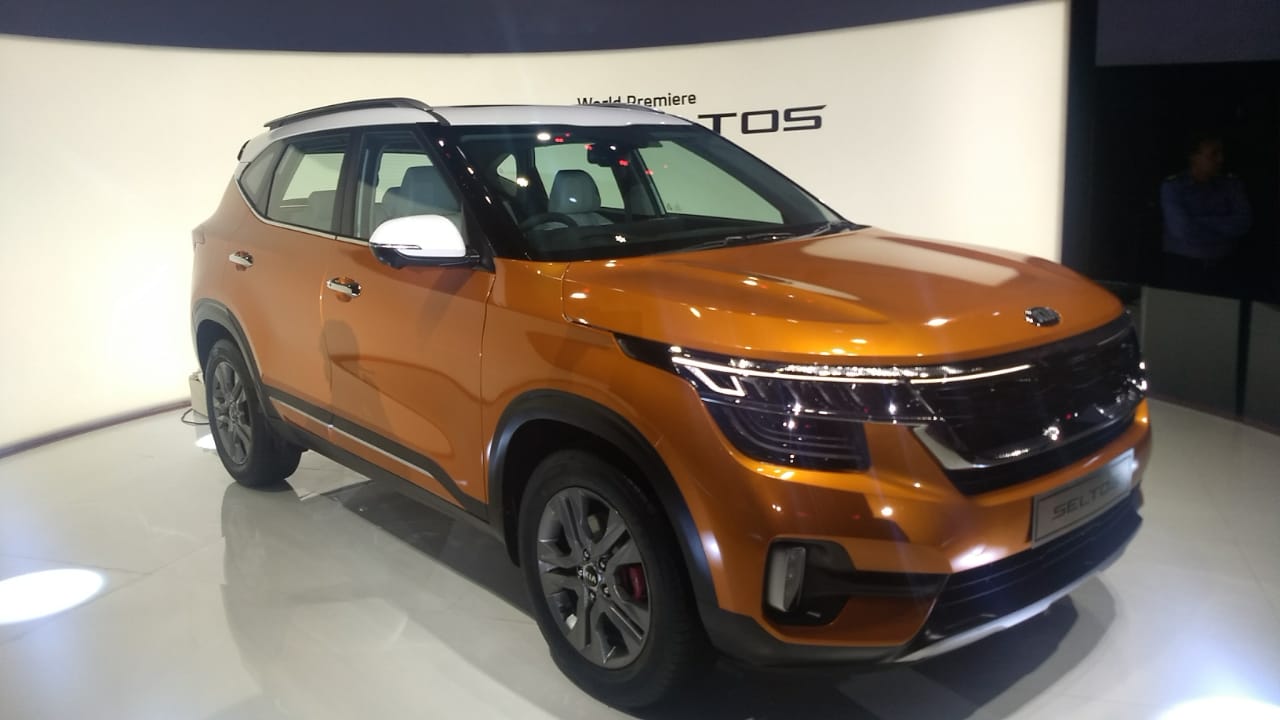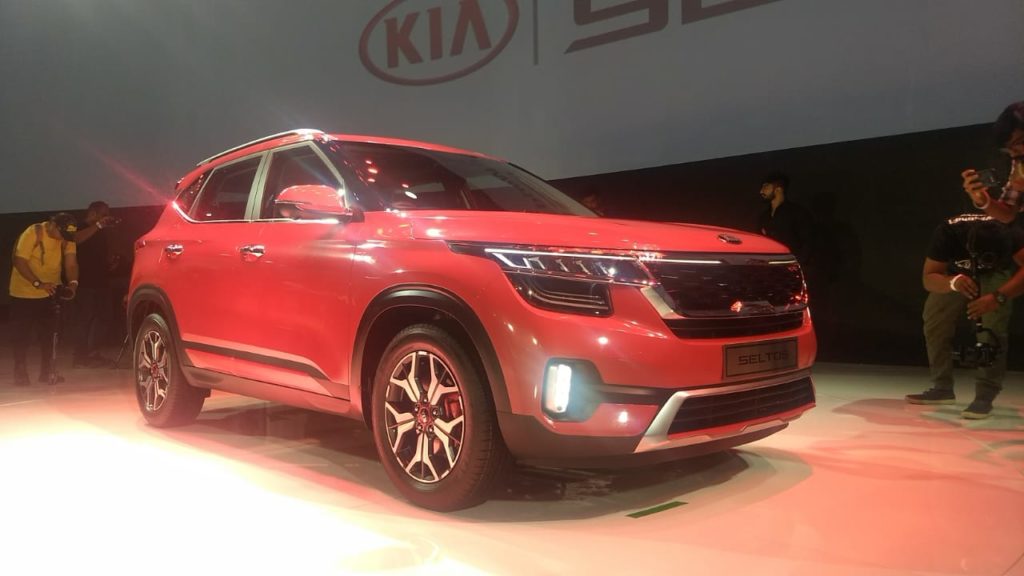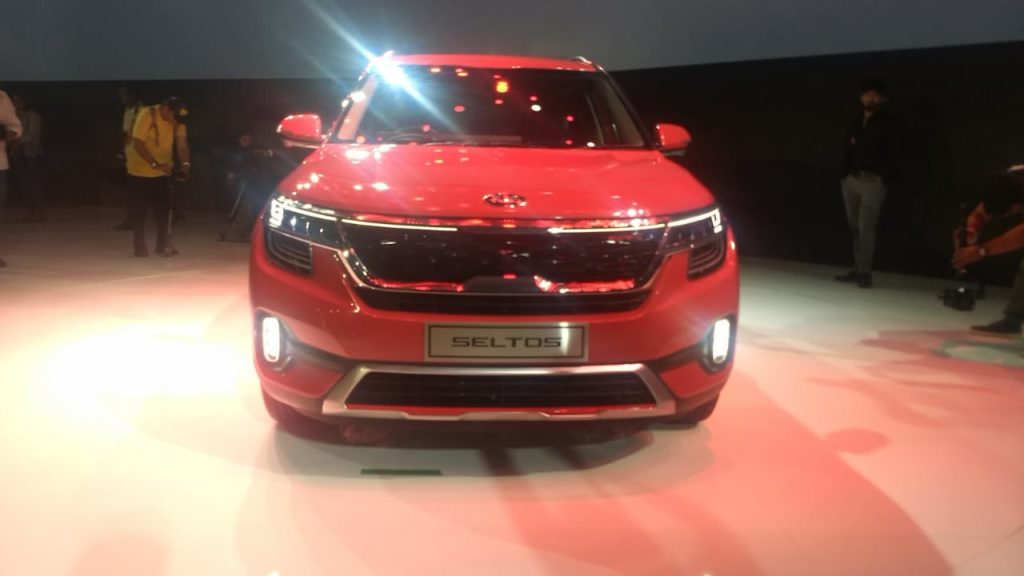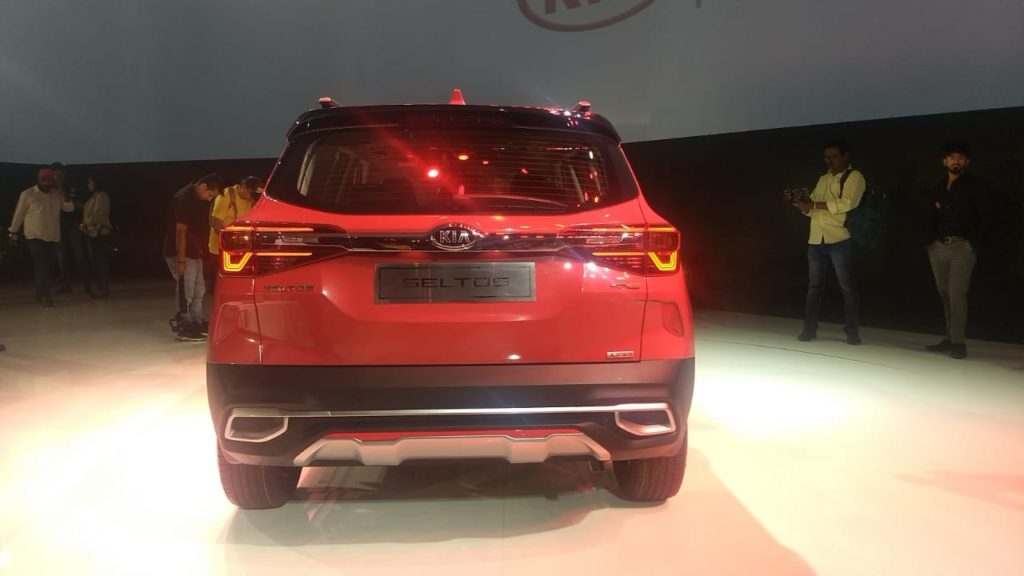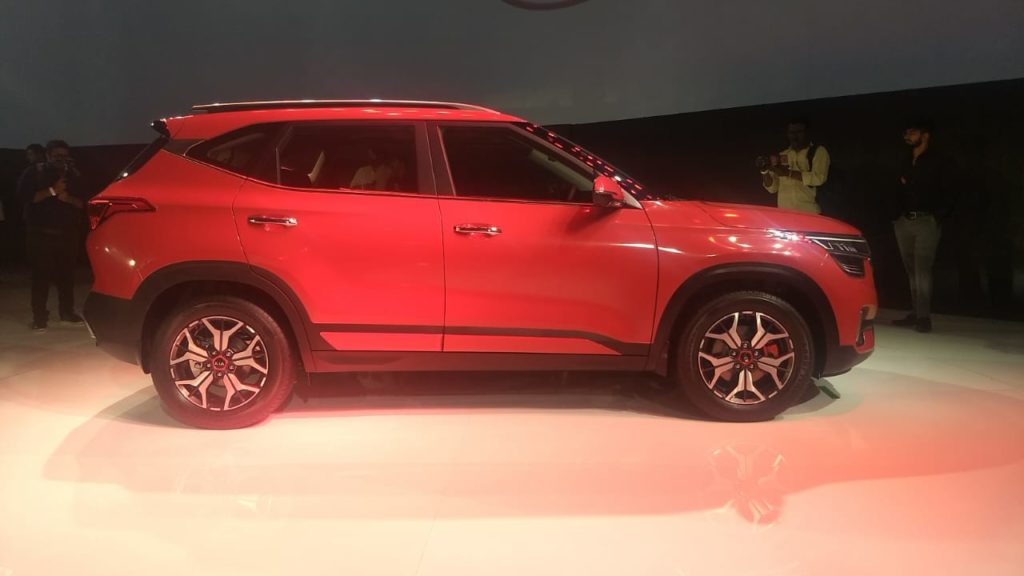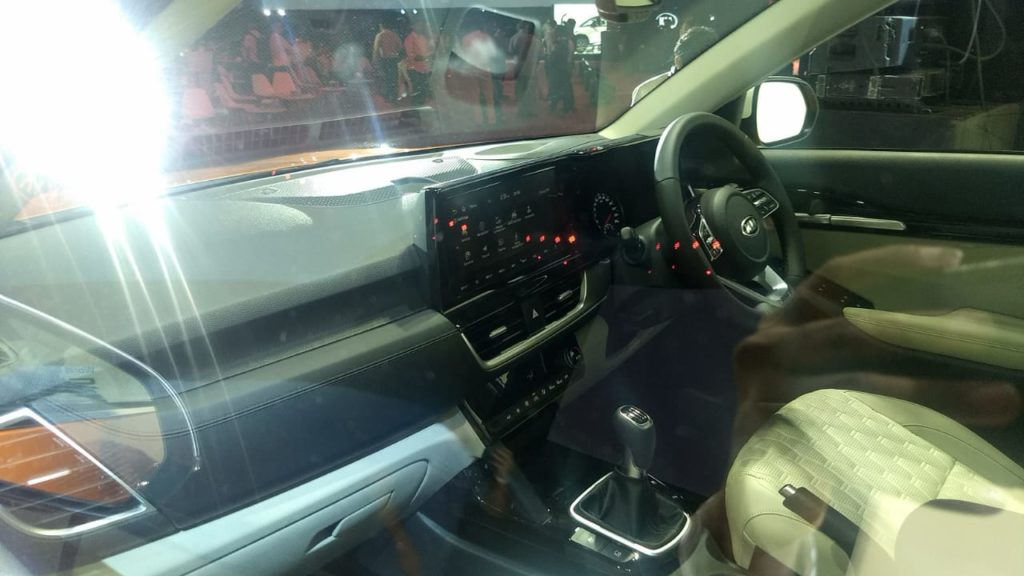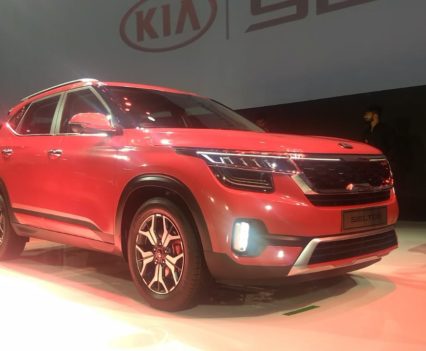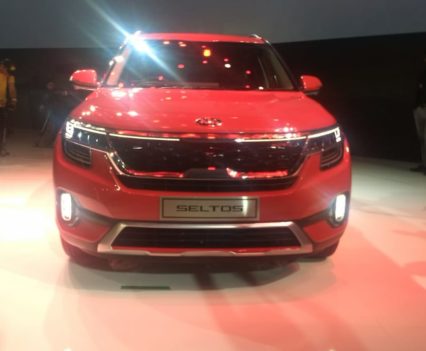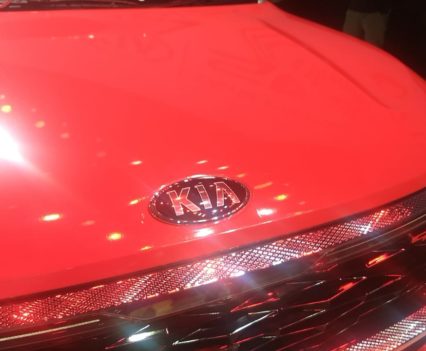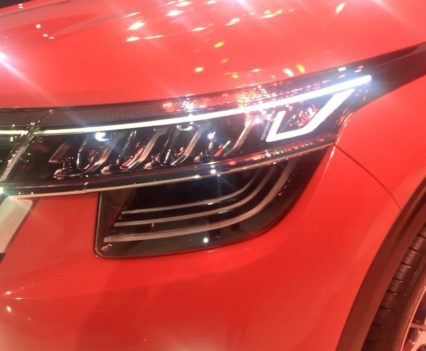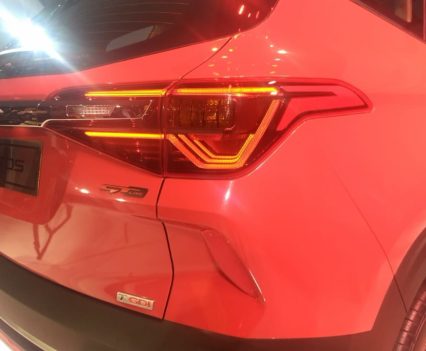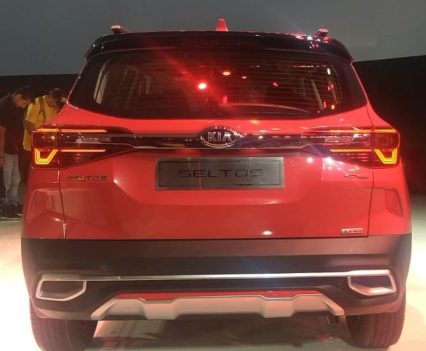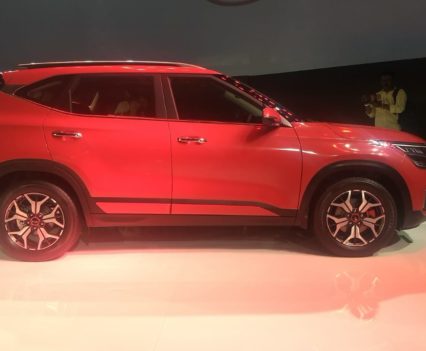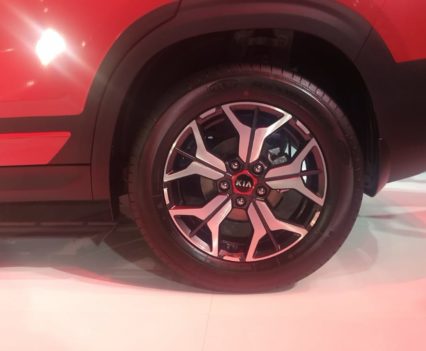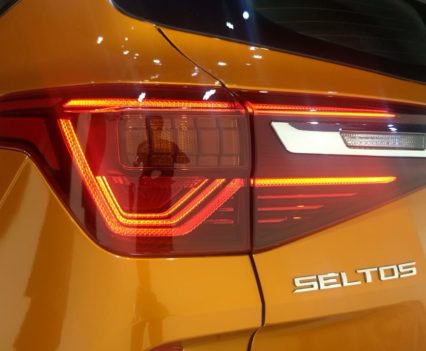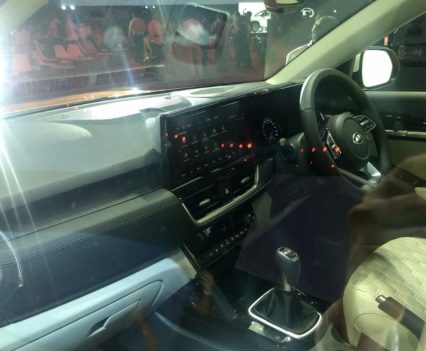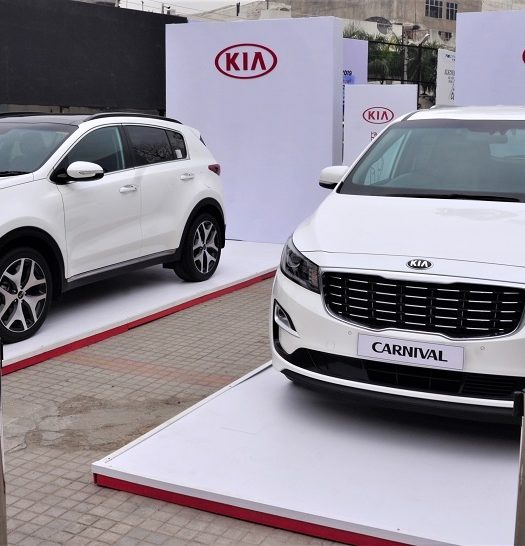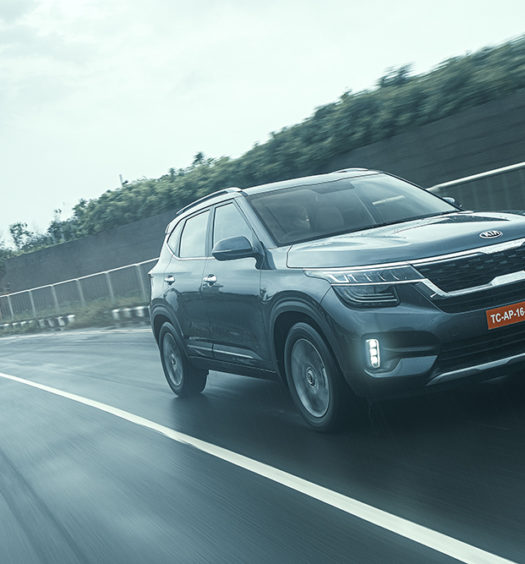After what has been an age of waiting: a time-period that stretched across many teasers, test-mule chases and renderings; Korean Automaker Kia marked the commencement of its India innings with the unveiling of its mid-size SUV, the Seltos, that was first showcased as the SP concept at the Auto Expo 2018.
The Seltos is the first amongst Kia’s four cars to be indigenously manufactured for global supply in their highly automated facility at Anantapur. The vehicle has been engineered around Indian driving conditions and comprises of an Advanced High Strength Steel (AHSS) architecture. Special emphasis has been laid on braking, air conditioning and fuel economy, which are the parameters of paramount importance to the Indian customer.
The car is BS-6 compliant and available in various powertrain configurations that include 3 engine options (diesel, petrol and turbocharged petrol) and 4 transmission options (IVT, 7-speed DCT, 6-speed AT and a manual gearbox). While there is no word on the drive type, the fact that Kia’s top brass speak highly of its “suitability for urban and outback activities” says it all.
The Seltos has an imposing presence, courtesy of the wide body design that is further accentuated by the use of trim all across. The front is marked by a wrap-around bonnet that ends above a knurled chrome strip that shimmers in incident light. The headlamps and the Kia’s signature Tiger-nose grille sit flush with each other, below this chrome strip. The headlamps are an elaborate affair in themselves, comprising of a primary cluster that houses 4 LED segments in addition to the DRLs that extend into the front grille, and an appending cluster for the blinkers. The front bumper comprises of ‘ice-cube’ fog lamps, a vertical unit of 3 square LEDs that illuminate in bright white and a trapezoidal mesh encased in brushed metal.
This trend continues towards the back, which features wraparound tail lamps with 4 LED segments and an aluminium garnish that wears the Kia badge and bridges the two units. The rear blinkers are integrated into this garnish. The rear bumper sits high and features a faux skid plate underlining a reflecting strip and a brushed metal trim piece that curves towards the ends to house the dual exhaust pipes. The side of the car is muscular with extended window lines tapering off towards the rear. The car rides on 17-inch diamond cut alloy wheels that fit the arches just perfectly, something we wish more manufacturers did.
Towards the interior, the dashboard is mildly minimalistic, with buttons delegated to either the central console or the steering wheel. The infotainment touch screen is vast at 10.25 inches and is integrated with the instrument cluster shroud that houses a 7inch MID apart from analogue dials. It sits neatly above the air conditioning vents and serves as the control panel for the UVO, Kia’s connected car feature. The UVO imparts the Setlos with 37 smart features under five categories, namely Safety and Security, Navigation, Remote Control, Vehicle management and Convenience.
The cabin comprises of leather elements with plastic, and while the spy shots hinted at wood panelling too, clear evidence for the same is yet to be had. The front seats are ventilated, and the rear seats are adjustable and can be reclined. The rear seats also have their dedicated USB ports and curtains for added convenience.
The car comes with an air purifier and in-car air quality monitor, an 8-channel Bose sound system that links with mood lighting, both of them being segment-firsts in the Indian market.
In terms of safety, the car comes with 6 airbags, stolen vehicle immobilisation and tracking, 360-degree camera with blind spot assist and front and rear parking sensors. Driving assistance is provided by ABS (anti-lock brake system), VSM (vehicle stability management), BAS (Brake assist system), HAC (hill-start assist control) and traction control management.
Kia will retail through a comprehensive network of 265 touchpoints in 160 cities, a number that is ambitioned to grow to 350 by 2021. Both pre and post-sale processes will be made seamless through digital showrooms, mobile workshops and highest resale value claims amongst other things.
The car will be launched sometime in the near future, with disclosure of interiors, specifications and pricing in full.

